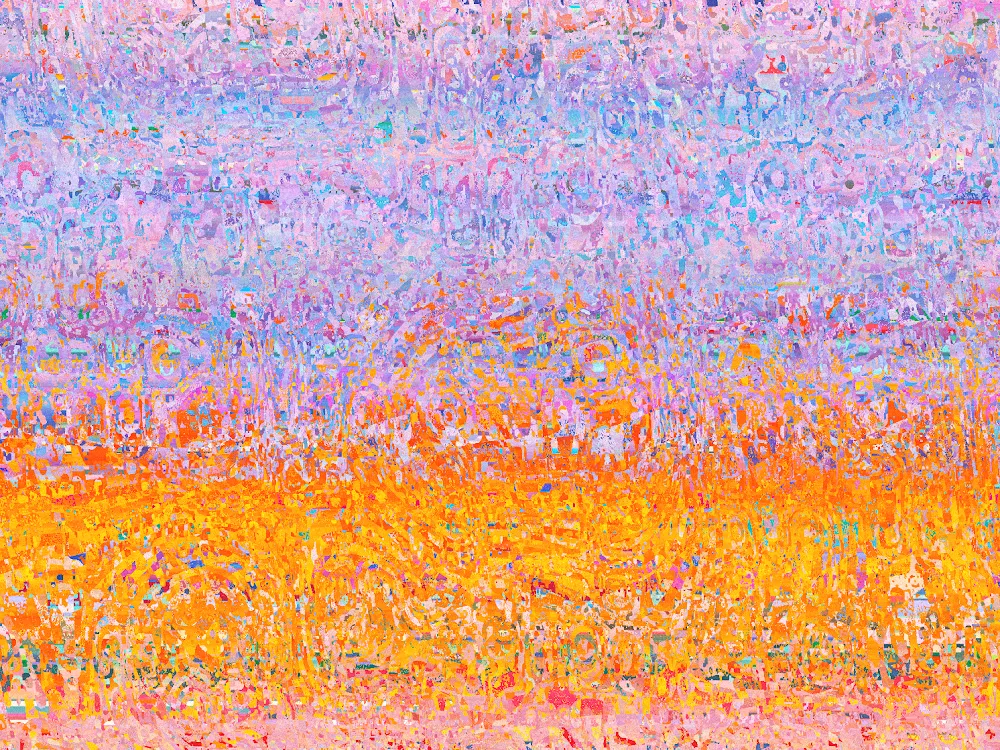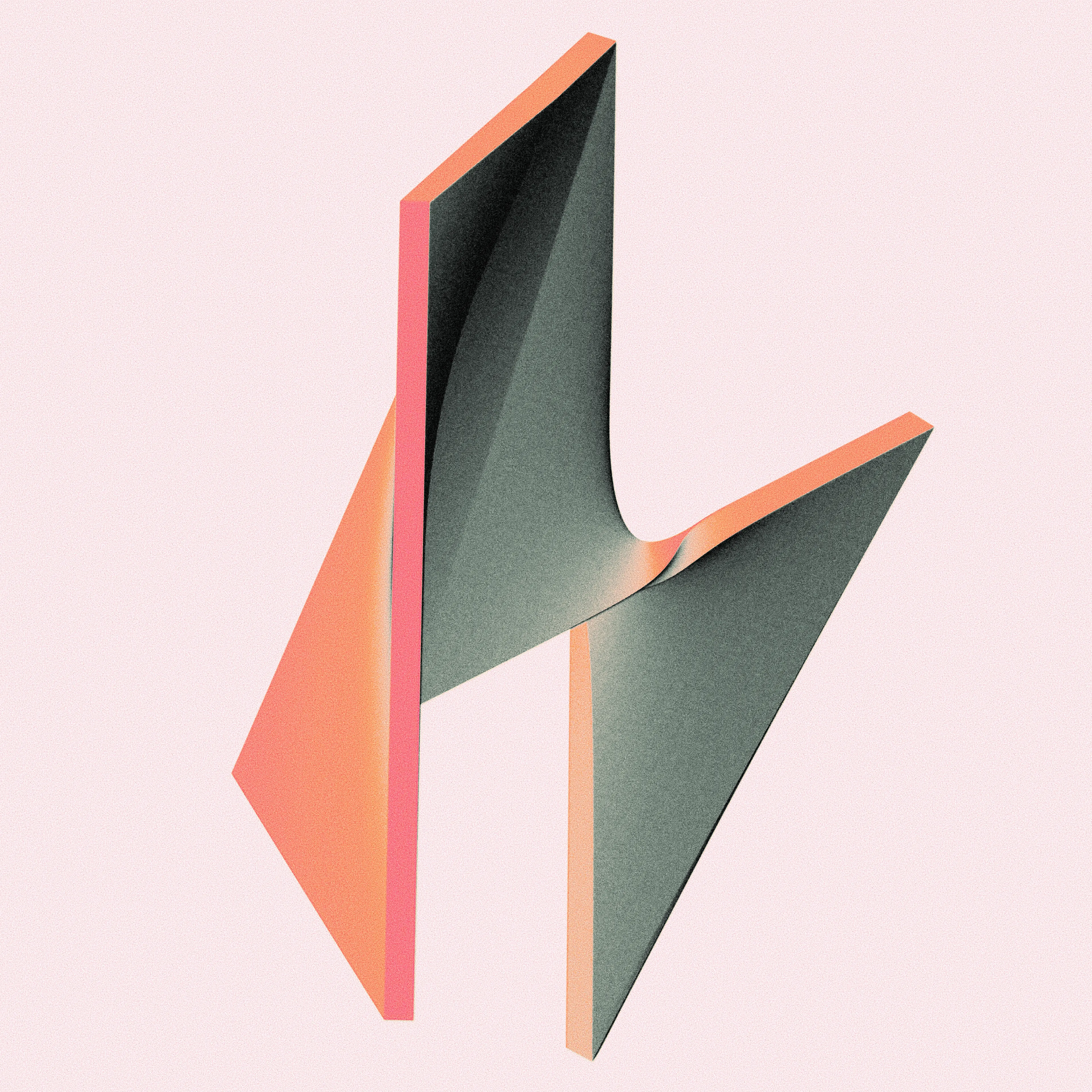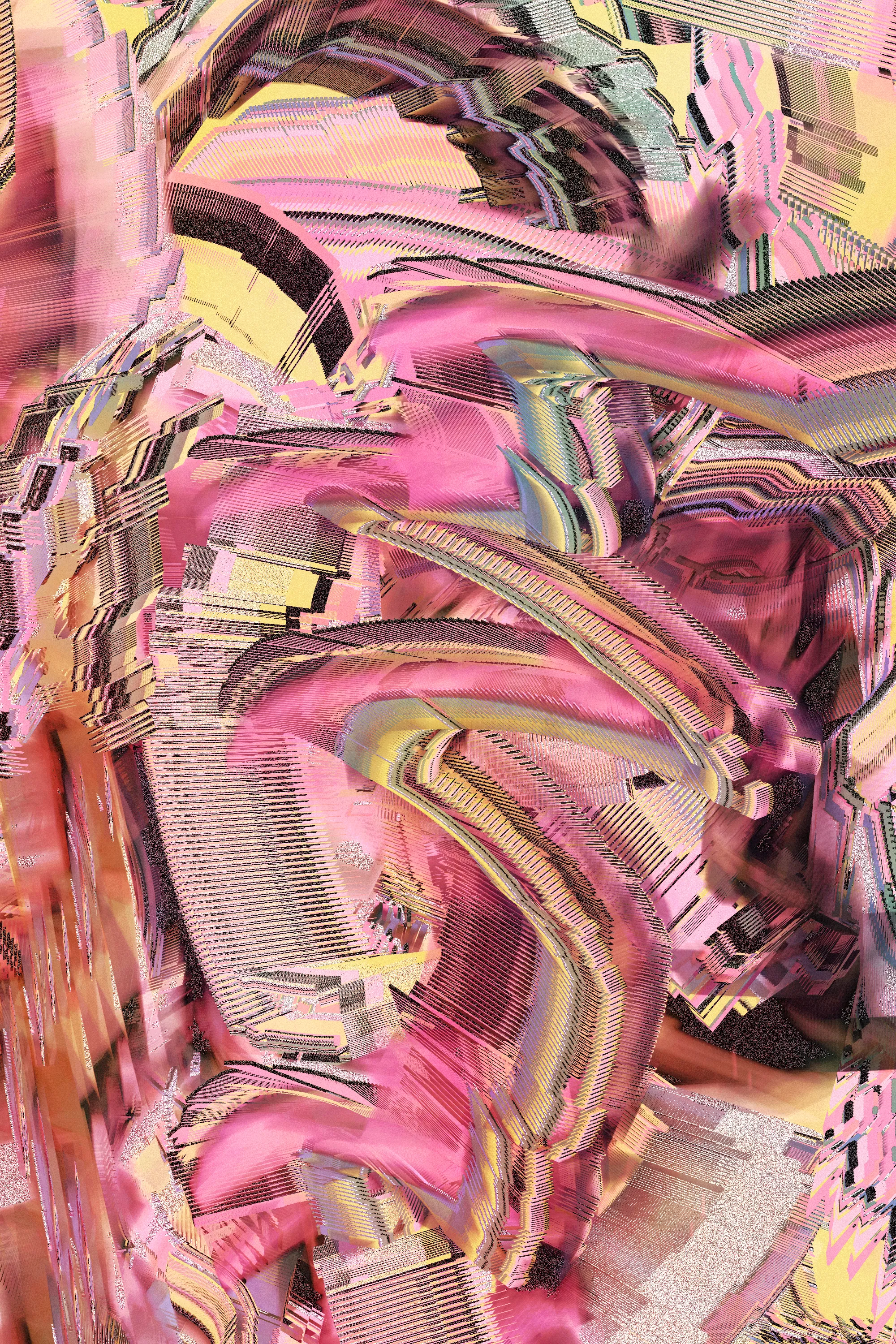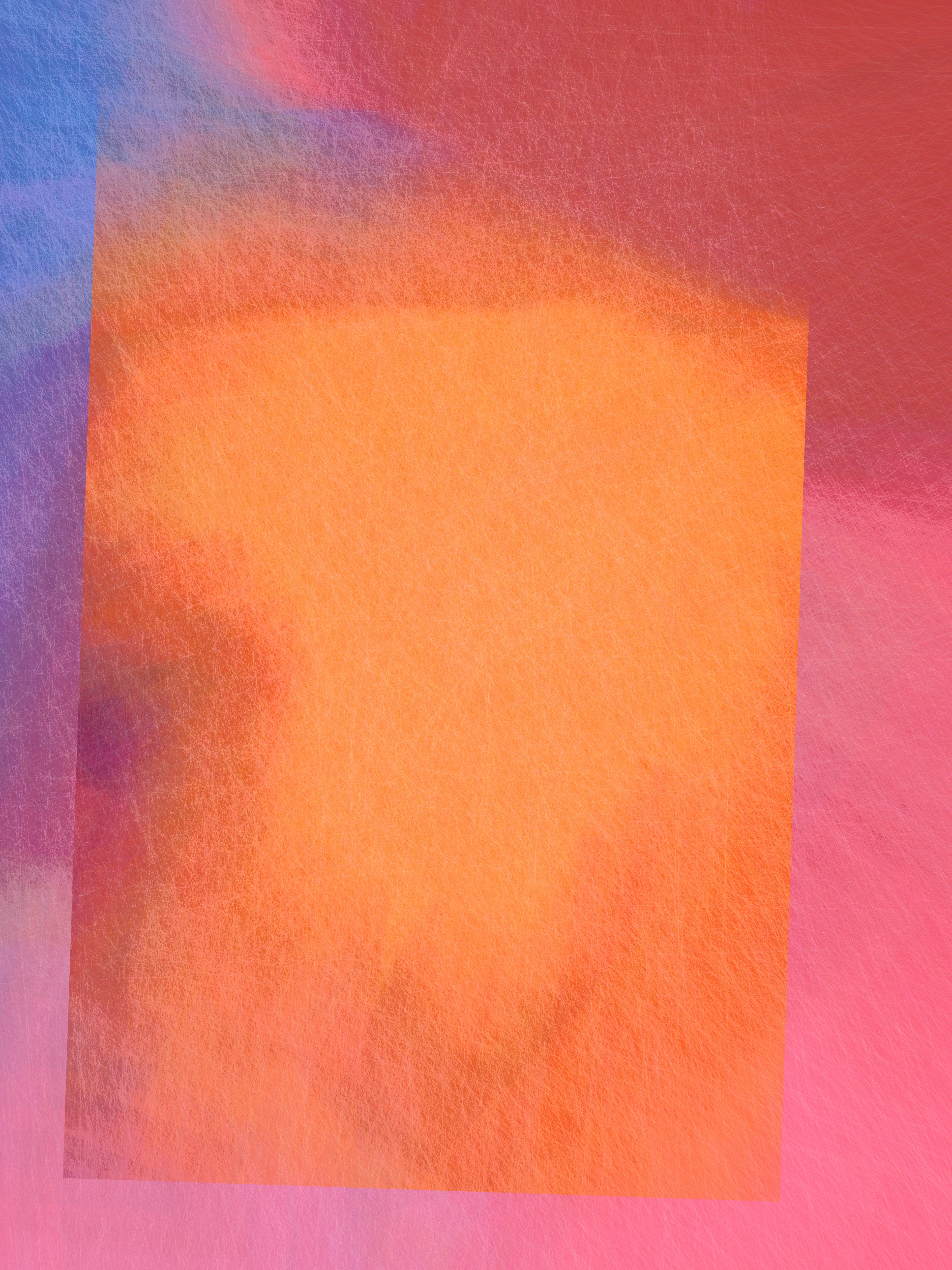Subscribe to get the latest on artists, exhibitions and more.
Jeres on the Irony of Heavenly Perfection

Leyla Fakhr: In your series Tragedy Static/Heaven you mention that you explore the notion of finding beauty and hope in the in-between state of things when things are not quite perfect. What do you mean by the ‘in-between state'?
Jeres: The in-between state I’m referring to is basically every moment of our lived experience, but let’s set up some context for that statement and how I got there.
When the topic of imperfections came up for this exhibition, my mind went to two places. The first of which is the song Heaven by Talking Heads which imagines heaven to be a bar that everyone is searching for, a perfect place that is always playing your favorite song and nothing really happens. It describes a kiss that when it ends, it begins again, exactly as it was before, nothing changing… and then sarcastically states that “it’s hard to imagine that nothing at all could be so exciting, so much fun.”
I love this take on heavenly perfection because it reduces it to a dead end that ruins kissing and makes you hate your favorite song. Perfection sounds like a terrible thing to reach because where do you go from there? Any change is a step down and eventually this perfect state will be less than perfect because it offers nothing new.



